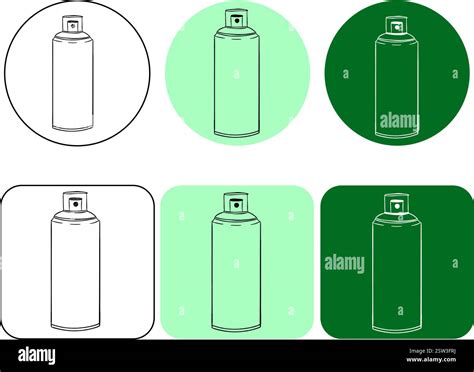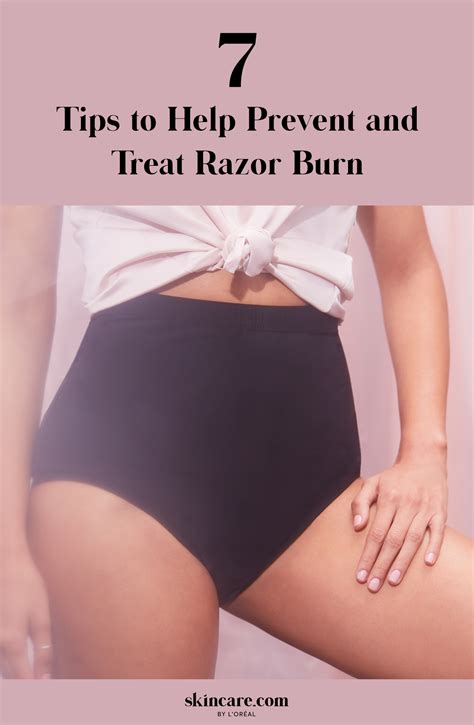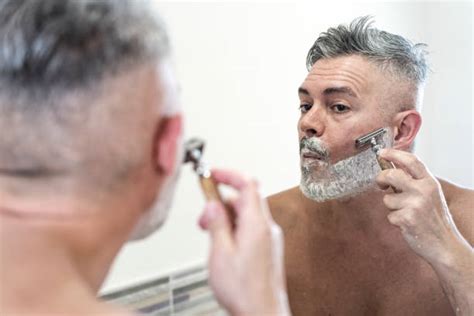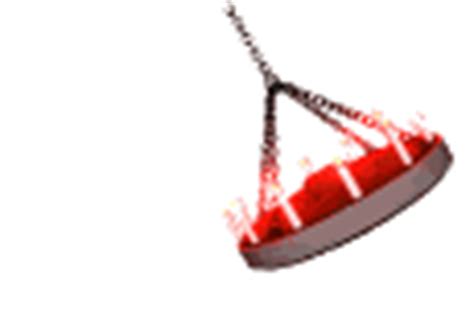Eliminate ingrown hairs for a smooth, confident, peak performance complexion?

Unlocking a Flawless Complexion: The Ingrown Hair Challenge
Ingrown hairs are a common, frustrating, and often painful skin condition that can sabotage an otherwise impeccable grooming routine. Far from merely a cosmetic nuisance, these pesky bumps can lead to irritation, inflammation, hyperpigmentation, and even infection, directly impacting your comfort and confidence. For anyone striving for a truly peak performance complexion – one that looks healthy, feels great, and radiates self-assurance – mastering the art of preventing and treating ingrown hairs is absolutely essential. This comprehensive guide will equip you with the knowledge and actionable steps to banish ingrown hairs for good, paving the way for the smooth, clear skin you deserve.

Understanding the Root Cause: Why Ingrown Hairs Form
An ingrown hair occurs when a hair, instead of growing up and out of the follicle, curls back or grows sideways into the skin. This can happen for several reasons. Often, it’s a result of hair removal methods like shaving, waxing, or tweezing, which leave a sharp tip that can easily re-enter the skin. People with curly or coarse hair are particularly prone, as their hair naturally tends to curl, increasing the likelihood of it turning inward. Other contributing factors include clogged pores (from dead skin cells or oil), tight clothing that creates friction, and certain hair follicle shapes.
Proactive Prevention: Your Daily Defense Against Ingrown Hairs
The best approach to ingrown hairs is prevention. Integrating a few simple yet effective steps into your daily and weekly routine can significantly reduce their occurrence.
The Art of Exfoliation
Regular exfoliation is paramount. By removing dead skin cells that can trap hairs, you keep the skin surface clear for hair to grow out properly. You can choose between physical exfoliants (gentle scrubs, loofahs, or brushes) or chemical exfoliants (products containing salicylic acid or glycolic acid). Aim for 2-3 times a week, being careful not to over-exfoliate, which can irritate the skin.
Mastering Your Shave
Shaving is a primary culprit for ingrown hairs, but with the right technique, you can minimize the risk:
- Prepare Your Skin: Always shave after a warm shower or bath. The warm water softens both skin and hair, making it easier to cut.
- Use a Sharp Blade: Dull blades drag and pull at the hair, creating sharp, jagged ends prone to ingrowns. Change your razor blade frequently (every 5-7 shaves).
- Lather Up: Use a rich, lubricating shaving cream or gel. This creates a protective barrier and helps the razor glide smoothly.
- Shave with the Grain: Shave in the direction of hair growth. Shaving against the grain provides a closer shave but significantly increases the risk of ingrown hairs.
- Rinse Frequently: Rinse your blade after every stroke to prevent clogging.

Post-Hair Removal Care
After shaving or waxing, rinse your skin with cool water to close pores. Apply a soothing, alcohol-free aftershave balm or moisturizer to hydrate the skin and reduce irritation. Look for ingredients like aloe vera, chamomile, or witch hazel.
Smart Clothing Choices
Avoid tight clothing, especially immediately after hair removal. Friction from snug fabrics can push hairs back into the skin. Opt for loose-fitting, breathable fabrics like cotton to allow your skin to heal and hair to grow freely.
Treating Existing Ingrown Hairs: Gentle & Effective Solutions
If an ingrown hair has already formed, resist the urge to pick or squeeze it, as this can worsen inflammation, introduce bacteria, and lead to scarring. Instead, try these gentle treatments:
- Warm Compress: Apply a warm, damp cloth to the affected area for 10-15 minutes several times a day. This can help soften the skin and encourage the hair to emerge.
- Gentle Exfoliation: Continue with light, regular exfoliation (as described above) to help free the trapped hair.
- Topical Treatments: Over-the-counter creams or serums containing salicylic acid or glycolic acid can help dissolve dead skin cells, reduce inflammation, and free the hair.
- Don’t Force It: If the hair is visible near the surface, you can gently tease it out with sterile tweezers, but never dig for it. If the ingrown hair is deep, painful, or shows signs of infection (pus, redness, swelling), consult a dermatologist.

The Confidence Boost: Why an Ingrown-Free Complexion Matters
Beyond the physical discomfort, ingrown hairs can take a significant toll on your self-confidence. A complexion free from bumps, redness, and irritation allows you to present your best self, whether in professional settings, social interactions, or personal moments. Smooth, clear skin isn’t just about aesthetics; it’s about comfort, reduced anxiety, and the freedom to feel good in your own skin. It’s an integral part of maintaining a peak performance personal presentation that aligns with your overall well-being and confidence.

Embrace Your Smooth, Confident Self
Eliminating ingrown hairs is a journey that requires consistency and the right approach. By understanding their causes, adopting proactive prevention strategies, and treating existing ones with care, you can achieve a consistently smooth, healthy, and irritation-free complexion. Invest in proper grooming tools and routines, listen to your skin, and enjoy the confidence that comes with a truly peak performance appearance. Say goodbye to ingrown hairs and hello to the effortlessly smooth skin you’ve always desired.









